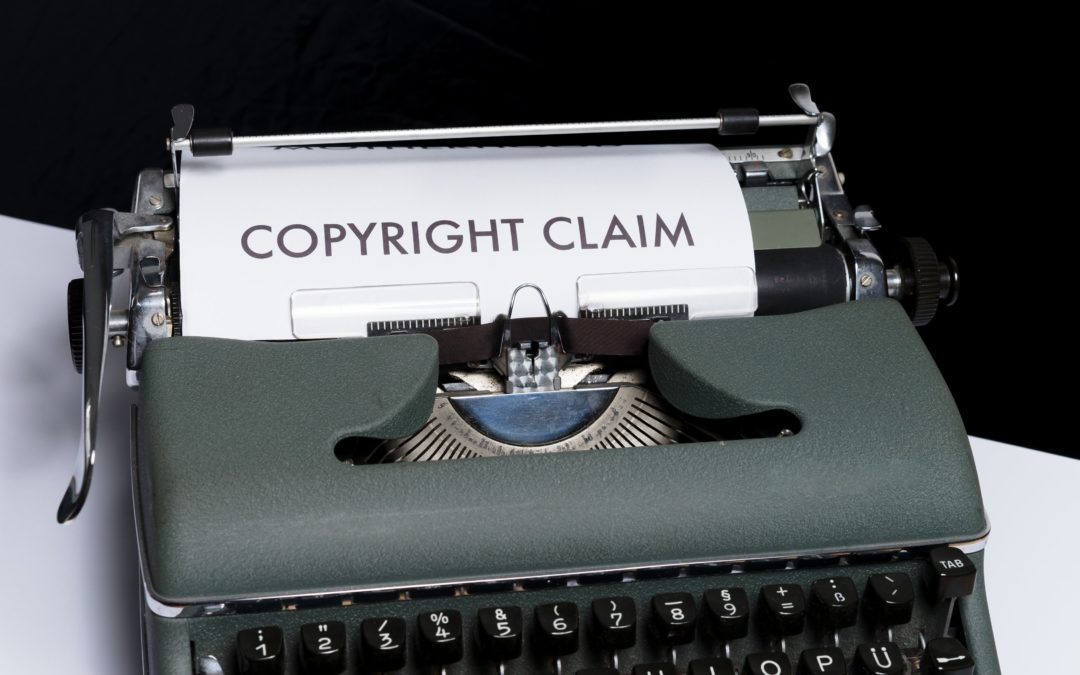I am Carys and I am currently completing an internship with the team at Patent Translations International (PTI). As part of the internship, I interviewed two of my colleagues – Charlie and Madeleine – about the work they do in translating patents and managing a patent translation company. They have answered some frequently asked questions (FAQs) on the topic in hand, and some interesting ones too!
- What are some of the most common European language combinations for patent translations at PTI?
Charlie: French, German and English are the three main languages at the European Patent Office, so all patents need to have the claims in each of these three languages.
Beyond that, we do a significant amount of Italian and Polish translation of full specifications for validation in the respective member states, among others.
- How do you go about translating a patent? Could you explain the process?
Madeleine: Usually, I scan through the patent to get an overview of what it concerns, and I look up any key terms which I am unsure of and research the subject matter if necessary. I will often look at the figures (where applicable) to get a better understanding of how it works.
I then start translating, making a note of new vocabulary and highlighting any terms or sentence structures that I need to go back and check.
Once I have completed this first draft, I go through the whole translation and resolve any parts I was unsure of and carefully proof it against the original (source) text.
- How does PTI ensure that patent translations are accurate and of a high quality?
Charlie: It’s a combination of selecting the right translator, training project managers to understand the patent process and what the most important considerations are, and careful proofreading of the translated text.
Patent translation is a specialist field, so using translators who are familiar with both the technical terminology and the idiosyncrasies of patentese is paramount.
That means your project managers have to know what to look out for when selecting translators and how to discern, say, a decent technical translator with no prior patent experience, from a genuine patent translator.
Then the text needs to be checked both for linguistic content and for structural matters such as correct formatting, accurate measurements and reference numerals, and legitimacy and consistency of key terminology.
- What do you find most challenging about patent translation?
Madeleine: It can be very challenging when I have no prior knowledge about the field in question, as it can be difficult to know which terminology is best to use when my understanding of the subject matter is limited. However, this can usually be easily resolved by some online research.
- What factors influence the cost of a patent translation?
Charlie: The main factors are language combination and deadline.
Prices for languages such as Swedish, Finnish and Danish tend to be higher because of the higher cost of living in those countries, so Scandinavian translators have to charge more compared with, say, Estonian or Italian translators.
Then it’s a question of time, so in general the less time we have to complete a translation, the more it will cost, as translators will have to turn down other work to fit it in, as well as the pool of available translators for any urgent job being smaller.
- What do you like the best about patent translation?
Madeleine: I find it interesting to learn about inventions in many different fields, expanding both my knowledge about these areas and my subject-specific vocabulary. I enjoy the variety of translating a patent about a vehicle engine one day and a bong the next day!
Do you still have a question for us about patent translation?
Please don’t hesitate to get in touch with us by emailing translations@patenttranslationsinternational.com. We’re happy to help and answer any questions.



Recent Comments